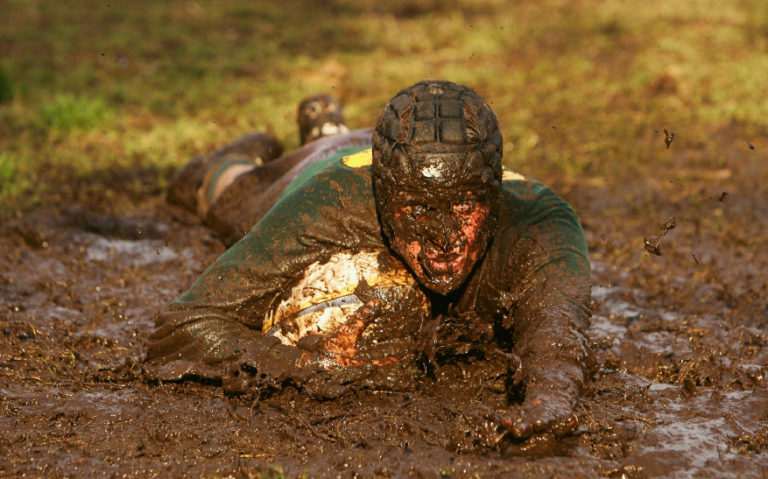First slide guitar blues. Who, when & where?

Nobody knows for sure when slide-guitar playing first slid silkily onto the world’s music scene. The 26-year-old Kentucky blues guitarist, Sylvester Weaver, was first to record slide-guitar blues, as we know it today, using a knife, in New York City, in November 1923.
Louisville blues diva Sarah Martin, 38, had chosen her Louisville compatriot to back her two weeks earlier on what’s almost universally considered the first recording to feature the blues guitar: a song called ‘Longing for Daddy Blues’.
Weaver’s solo tracks, put down in the same studio a couple of weeks later, were ‘Guitar Rag’ and ‘Guitar Blues’. Only now are people beginning to recognise the significance of this recording.
Now here’s where slide guitar blues history gets tricky. Do I put up Sylvester Weaver as the first recorded slide blues guitar; or the internationally-famous Hawaiian guitar husband and wife duo of Palakiko and Helen Louise Ferera. Palakiko Ferreira (more commonly known as Frank Ferera) was a Hawaiian guitarist of Portuguese descent. Wife, Helen Greenus, a white American from Seattle, was also a brilliant guitarist in an era when a guitar was more of a woman’s instrument than a man’s.
Together they recorded ‘Palakiko Blues’ in June 1917. Take a listen below as see if you can detect any blue notes and, remember, the sound of blues as we know it today, was yet to be established.
Indeed, blues had only been named as a genre five years earlier, first being cut on record in 1914, just three years before Palakiko Blues. That earliest recorded seminal blues track, as I’ve said many times, was W.C. Handy’s ‘Memphis Blues’, recorded, like Sylvestor Weaver, in New York City, this time by the all-white Princes Band.
But for the gifted Helen Ferera, life was about to take a nasty turn. She unfortunately disappeared over the side of a ship sailing back home to Seattle in 1919.
Her husband, however, went on to dominate Hawaiian music and sell millions of records around the world. Frank Ferera was the biggest selling guitarist of the era, influencing blues and Hawaiian guitarists alike.
Indeed, Hawaiian slide guitar, the forerunner to bottleneck guitar and Country Music’s steel guitar, had been captured on wax cylinder records as early as the 1890s. And the first documented appearance of the genre was in Hawaii, of course. It’s not called Hawaiian guitar for nothing.
The genre was born, the story goes, when a local schoolboy picked up a metal bolt lying by a railroad track, near Honolulu, on the main Hawaiian island of Oahu. His name was Joseph Kekuku and young Joe discovered he could make fascinating music by sliding the bolt over the strings of his Portuguese guitar. Guitar historians will know this instrument was a type of cittern, more like a mandolin than a regular guitar.
Below is a new video I’ve made on the birth of bottleneck or slide guitar for those interested. I hope you enjoy it.

Depending on which account you read, the date of Joseph’s discovery varies by some ten years, but the most common estimate is 1885. If this is so, it means young Joseph Kekuku was 11 when he made that first Hawaiian guitar sound.
Kekuku’s new style of guitar playing spread rapidly across the rest of the Hawaiian Islands, in those days an independent kingdom. While Joseph’s countrymen took the new Hawaiian style of guitar-playing over to the Chicago World’s Fair in 1893, the boy who invented the genre wouldn’t leave Hawaii until 1904. Only then did Joseph Kekuku finally depart the Pacific in order to demonstrate his innovative guitar technique around the world. Joseph Kekuku never returned home, dying in New Jersey in 1931.
It wasn’t just Hawaiian guitarists demonstrating their new style of music to Americans (and the world) in Chicago in 1893. Prototype ragtime was also demonstrated by piano virtuoso, Scott Joplin, and possibly Ben Harney; while ragtime guitar was believed to have been demonstrated there by no less than Henry ‘Ragtime Texas’, an influence on Lead Belly and Blind Lemon Jefferson.






